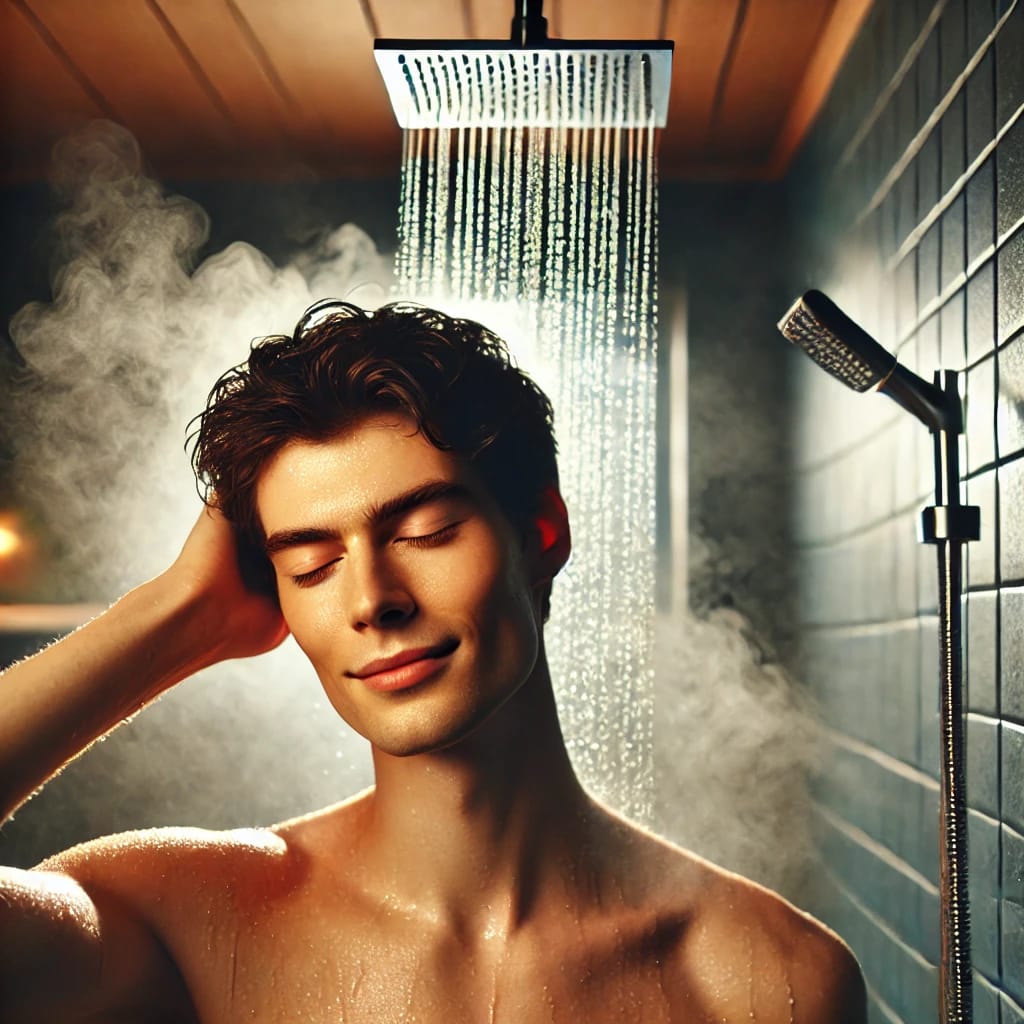The Power of Cold Therapy: How Cold Showers and Ice Baths Boost Relaxation and Well-Being
For centuries, humans have turned to cold exposure as a way to invigorate the body, strengthen resilience, and even promote relaxation. While the idea of stepping into an ice bath or taking a freezing shower may not sound appealing, science suggests that cold therapy has powerful benefits for both the mind and body. From reducing stress to improving sleep, cold exposure is becoming a key wellness practice for those seeking better relaxation and mental clarity.
What is Cold Therapy?
Cold therapy, also known as cold water immersion (CWI) or cryotherapy, involves exposing the body to cold temperatures for a short period. This can be done through methods such as:
Cold showers
Ice baths
Cryotherapy chambers
Cold plunges in natural bodies of water
The sudden exposure to cold activates the body’s natural healing mechanisms, leading to numerous physiological and psychological benefits.
How Cold Therapy Promotes Relaxation
Reduces Stress and Anxiety
Cold exposure triggers the release of endorphins, the body’s natural “feel-good” chemicals, helping to reduce stress and anxiety levels.
It also lowers cortisol, the primary stress hormone, making it easier to relax and unwind.
Enhances Mood and Mental Clarity
Cold showers stimulate the nervous system, increasing alertness and mental clarity while also promoting a sense of well-being.
Some studies suggest that cold exposure reduces symptoms of depression by stimulating dopamine and serotonin production.
Improves Sleep Quality
Cold therapy lowers body temperature, which signals to the brain that it’s time to sleep.
A quick cold shower before bed can help you fall asleep faster and enjoy deeper, more restorative sleep.
Boosts Circulation and Reduces Muscle Tension
Cold water exposure causes blood vessels to constrict and then dilate, improving circulation and reducing muscle soreness.
This can be particularly beneficial for those who experience chronic tension or post-workout soreness.
How to Start Using Cold Therapy for Relaxation
If you’re new to cold exposure, start slowly and gradually build up your tolerance. Here’s how:
1. Begin with Cold Showers
Start by ending your regular shower with 30 seconds of cold water.
Over time, increase to 1-2 minutes of full cold exposure.
2. Try Ice Baths or Cold Plunges
Fill a tub with cold water and ice, aiming for a temperature between 50-60°F (10-15°C).
Sit in the water for 1-5 minutes, focusing on deep, controlled breathing.
3. Use Cryotherapy (If Available)
Some wellness centers offer cryotherapy chambers, where you expose your body to extreme cold for 2-3 minutes.
This provides similar benefits to ice baths but in a more controlled setting.
4. Combine Cold Therapy with Other Relaxation Techniques
After cold exposure, practice deep breathing, stretching, or meditation to maximize relaxation.
Pairing cold therapy with warm recovery methods (like sauna use) can further enhance its benefits.
Common Concerns and Safety Tips
While cold therapy offers many benefits, it’s important to use it safely:
Avoid prolonged exposure to extreme cold to prevent hypothermia.
Listen to your body—if you feel dizzy or overly uncomfortable, stop immediately.
People with heart conditions or blood pressure issues should consult a doctor before trying cold therapy.
Optimizing Your Cold Therapy Routine for Maximum Benefits
To get the most out of cold therapy, consistency is key. Here are some tips to help you integrate it into your routine effectively:
Start small: If you're new to cold exposure, don't rush into ice baths. Begin with a cool shower and slowly work your way up.
Practice breath control: Deep, slow breathing during cold exposure helps the body adapt and relax faster.
Stay mindful: Focus on the sensation and embrace the discomfort—it’s part of the process!
Track your progress: Keep a journal of how you feel after each session to see improvements in your mood and energy levels over time.



